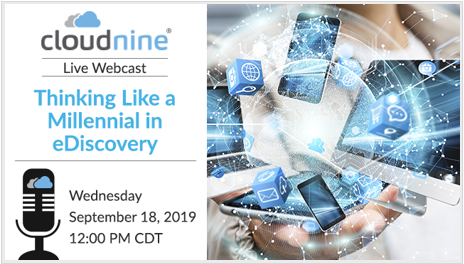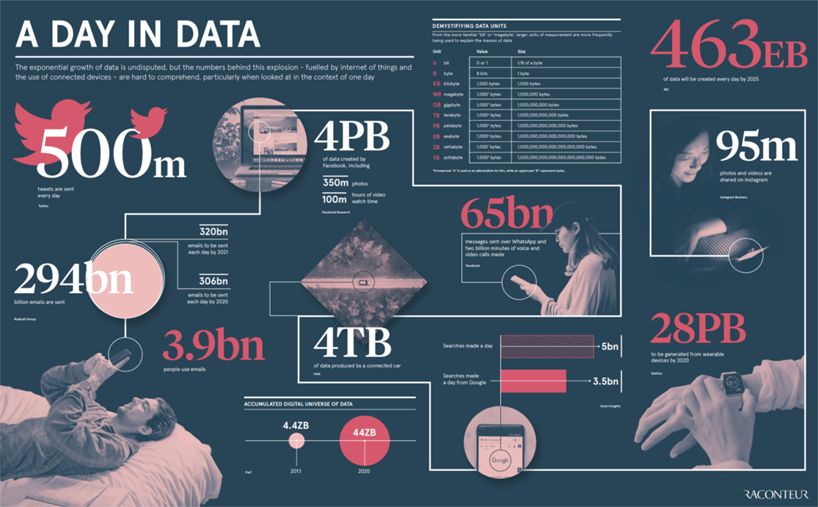Craig Ball is “That Guy” Who Keeps Us Up to Date on Mobile eDiscovery Trends: eDiscovery Best Practices
So many topics, so little time (again). In our webcast about millennials and their impact on eDiscovery last week, Tom O’Connor and I spent a lot of time talking about how millennials are quick to embrace new technology and certainly there have been few technology areas of growth like mobile device use. They’re everywhere and used by (seemingly) everybody and used (seemingly) all day long. Texts are the new emails, which means they have considerable importance from an eDiscovery perspective. So, who should you go to if you want to stay apprised of mobile eDiscovery trends? Craig Ball is “that guy”.
In Craig’s excellent Ball in Your Court blog, his latest post from last week (Preserving Android Evidence: Return of the Clones?), discusses Google’s recently expanded offering of “cheap-and-easy” online backup of Android phones, including SMS and MMS messaging, photos, video, contacts, documents, app data and more. In discussing this new capability, Craig states: “This is a leap forward for all obliged to place a litigation hold on the contents of Android phones — a process heretofore unreasonably expensive and insufficiently scalable for e-discovery workflows. There just weren’t good ways to facilitate defensible, custodial-directed preservation of Android phone content. Instead, you had to take phones away from users and have a technical expert image them one-by-one.
Now, it should be feasible to direct custodians to undertake a simple online preservation process for Android phones having many of the same advantages as the preservation methodology I described for iPhones two years ago. Simple. Scalable. Inexpensive.”
Craig did acknowledge that because Android backups live in the cloud, he anticipates that, at first, there will be no means to download the complete Android backup to a PC for analysis, thus requiring restoring the data to a factory-initialized “clean” phone as a means to localize the data for collection (at least until Google hopefully provides a suitable takeout mechanism). As a result, “examiners may revive the tried-and-true cloning of evidence to clean devices then collecting from the restored device” (just like they once did with computer drives). “Everything old is new again.”
Whether it’s informing us of simpler, less expensive ways of preserving iPhone and Android data, or keeping us updated as Apple announces it’s doing away with iTunes, or educating us on geolocation data, or providing us an easy to understand Mobile Evidence Burden and Relevance Scorecard. Or he’s providing us with an entire 24 page white paper on mobile device discovery titled Mobile to the Mainstream. So, when it comes to best practices and useful tips regarding mobile device discovery, Craig Ball is “that guy” (see what I did there, Craig?). ;o)
So, what do you think? Are you struggling with mobile device discovery? Please share any comments you might have or if you’d like to know more about a particular topic.

Sponsor: This blog is sponsored by CloudNine, which is a data and legal discovery technology company with proven expertise in simplifying and automating the discovery of data for audits, investigations, and litigation. Used by legal and business customers worldwide including more than 50 of the top 250 Am Law firms and many of the world’s leading corporations, CloudNine’s eDiscovery automation software and services help customers gain insight and intelligence on electronic data.
Disclaimer: The views represented herein are exclusively the views of the author, and do not necessarily represent the views held by CloudNine. eDiscovery Daily is made available by CloudNine solely for educational purposes to provide general information about general eDiscovery principles and not to provide specific legal advice applicable to any particular circumstance. eDiscovery Daily should not be used as a substitute for competent legal advice from a lawyer you have retained and who has agreed to represent you.







